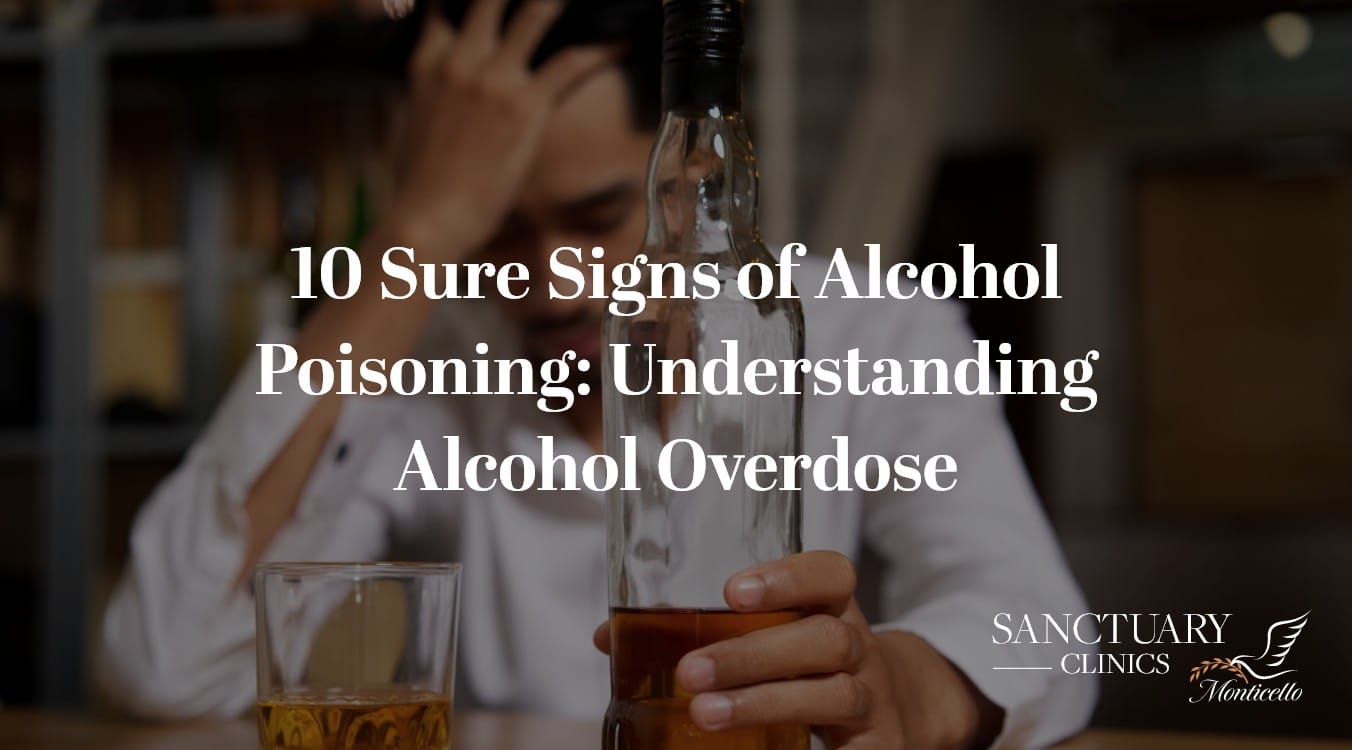Borderline Personality Disorder (BPD) is a long-term mental health disorder. People with BPD can experience intense emotions and have difficulty regulating them. This can lead to impulsive behaviors, unstable relationships, and significant disruptions in their everyday lives. BPD typically emerges in early adulthood and can persist throughout life, although symptoms may fluctuate in intensity over time. 1.6% of adults in the U.S. suffer with BPD.
BPD is an extremely misunderstood disorder and is difficult to diagnose because it can be easily confused with bipolar disorder and narcissistic personality disorder which share many of the same symptoms. In addition, BPD occurs on a scale—some people might be functioning normally and not even realize they have it, while other people are barely getting by with their daily lives.
The very name, “borderline,” implies it is not an easy disorder to nail down. It was originally thought to be something in between psychosis (severe) and neurosis (mild). It wasn’t classified as a stand-alone mental disorder until the Third Edition of the Diagnostic and Statistical Manual of Mental Disorders (DSM-III) in 1980. Newer understanding of this disorder shows it is somewhat inherited and somewhat a result of trying experiences during the developing years.
Symptoms of BPD Include:
- Intense and unstable relationships: People with BPD often have tumultuous relationships characterized by need, distrust, extreme idealization and devaluation of others. They may quickly alternate between overvaluing and undervaluing people in their lives. This often leads to abusive relationships because they are looking for someone to meet their needs which weren’t met in their childhood. This is not only in their romantic relationships, but with their familial relationships and relationships with friends as well.
- Distorted self-image: There can be a significant and persistent disturbance in the person’s self-image or sense of self. This may result in sudden shifts in identity, goals, values, career choices, and types of friends.
- Impulsive behavior: This can include reckless driving, substance abuse, binge eating, gambling, reckless spending, or risky sexual behavior. These behaviors are often in response to intense emotional experiences.
- Emotional instability: People with BPD experience intense and unstable emotions and mood swings which can shift rapidly, lasting anywhere from a few hours to a few days. These emotions can include anger, anxiety, depression, overreactions, and irritability. This is how it is sometimes mistaken for bipolar disorder.
- Explosive anger: Difficulty controlling anger is common, and it can lead to frequent displays of temper, constant anger, or recurrent physical fights. People with BPD often project their emotions and issues onto others.
- Fear of abandonment: There is often an intense fear of being abandoned or left alone, which can lead to frantic efforts to avoid real or imagined abandonment. This fear may result in manipulative behaviors, clinginess, jealousy, and paranoia.
- Dissociation: Episodes of dissociation, where people feel detached from their thoughts, feelings, or surroundings, can occur. This can range from mild detachment to more severe episodes of dissociative amnesia or depersonalization.
- Self-harm or suicidal behavior: Self-injurious behaviors such as cutting or burning yourself are common in BPD as a form of release. Suicidal thoughts, gestures, or attempts are also possible, especially in response to feelings of rejection or abandonment. Since people with BPD are impulsive, the suicide rate among them has been as much as 10 percent.
- Chronic feelings of emptiness: People with BPD often feel empty and bored, which may lead them to engage in risky behaviors or seek out stimulation.
- Shifts in self-esteem: People with BPD carry a lot of self-doubt and as a result, can’t make decisions. They live on praise to define them.
Unable to empathize: People with BPD have no idea how their behavior affects other people. In effect, they have trouble maintaining long-term relationships. - Avoidance of planning for the future: People with BPD usually have no idea what they want out of life and lack self-direction.
- Extreme anxiety: Anxiety for people with BPD can become consuming, and they can be extra-sensitive to things other people do. Their extreme need to be liked can become exhausting.
- Depression: People with BPD can experience a very weighty, deep depression.

How to Know if You or Someone You Love has BPD
The American Psychiatric Association give these clues as ‘what to look for’ in relation to BDP. Typically, BDP sufferers experience trouble with relationships, functioning, and self-direction. They may also might be experiencing these symptoms:
- Depression
- Anxiety
- Recurrent mood swings
- Impulsive behavior
- Risky behavior
- Excessive and uncontrolled anger
- Fear of being abandoned
Get Help Today.
We are here to help you through every aspect of recovery.
Let us call you to learn more about our treatment options.
We are here to help you through every aspect of recovery. Let us call you to learn more about our treatment options.
Treatment for BPD
Since BPD is such a complex disorder, treatment by a qualified mental health professional with experience in treating BPD is vitally important. BPD is usually treated by a combination of psychotherapy and medications.
Types of Psychotherapy May Include:
- Cognitive behavioral therapy (CBT): CBT can help people identify and change unhealthy thought patterns and behaviors which contribute to their symptoms of BPD.
- Schema-focused therapy: This therapy focuses on identifying and changing unhelpful schemas (deeply ingrained patterns of thinking or behavior) that contribute to BPD symptoms.
- Dialectical behavior therapy (DBT): This is the most widely studied and effective form of therapy for BPD. DBT focuses on teaching skills to manage emotions, improve relationships, and cope with distress through techniques such as mindfulness, interpersonal effectiveness, emotion regulation, and distress tolerance.
- Mentalization-based therapy (MBT): MBT helps people understand and interpret their own thoughts and feelings, as well as those of others, which can improve interpersonal relationships.
- Group therapy: Group settings can provide support, validation, and opportunities for interpersonal skill development.
- Family therapy: Involving family members can help improve communication, understanding, and support for the person with BPD.
- Intensive treatment: In severe cases or during crises, intensive treatment programs like the program at Sanctuary Clinics may be necessary to provide stabilization and support.

Medications
Medications are not used as the primary treatment for BPD but may be useful in helping to stabilize a patient, helping to manage specific symptoms such as depression, anxiety, or impulsivity. Until the patient is stabilized, they’re really not able to focus on other aspects of their treatment. Commonly prescribed medications may include antidepressants, mood stabilizers, or antipsychotic medications.
Lifestyle Changes
Adopting a healthy lifestyle including regular exercise, adequate sleep, and a balanced diet can contribute to overall well-being and mood stability.
Avoiding Substance Use
People with BPD are at increased risk of substance abuse, which can worsen symptoms and interfere with treatment effectiveness.
A Healing Community
A key component in addressing BPD is the healing environment itself. A loving and supportive community has been shown to be a real difference-maker for those suffering with BPD. A staff who understands what you’re going through and others who are aligned with you in the healing process often provide a stabilizing environment of respect and support. A comfortable, safe and serene setting works so much better than an impersonal and sterile hospital setting in helping patients feel safe and supported in their healing journey, both during and after treatment.
Ongoing Support
As mentioned at the start, BPD is a chronic, long-term condition which requires ongoing management and support. Regular follow-up with healthcare providers, adherence to treatment plans, and awareness of triggers and warning signs are crucial for long-term stability and recovery. It’s important for people with BPD to work closely with mental health professionals to tailor a treatment plan which meets their specific needs and goals through treatment and beyond, when they return home. Treatment outcomes can vary, but many people with BPD can experience significant improvement in symptoms and quality of life with appropriate and consistent treatment. Don’t allow BPD to have the last word. With proper treatment and support, you can enjoy life beyond BPD’s grip.
Get Help Today.
We are here to help you through every aspect of recovery.
Let us call you to learn more about our treatment options.
We are here to help you through every aspect of recovery. Let us call you to learn more about our treatment options.








